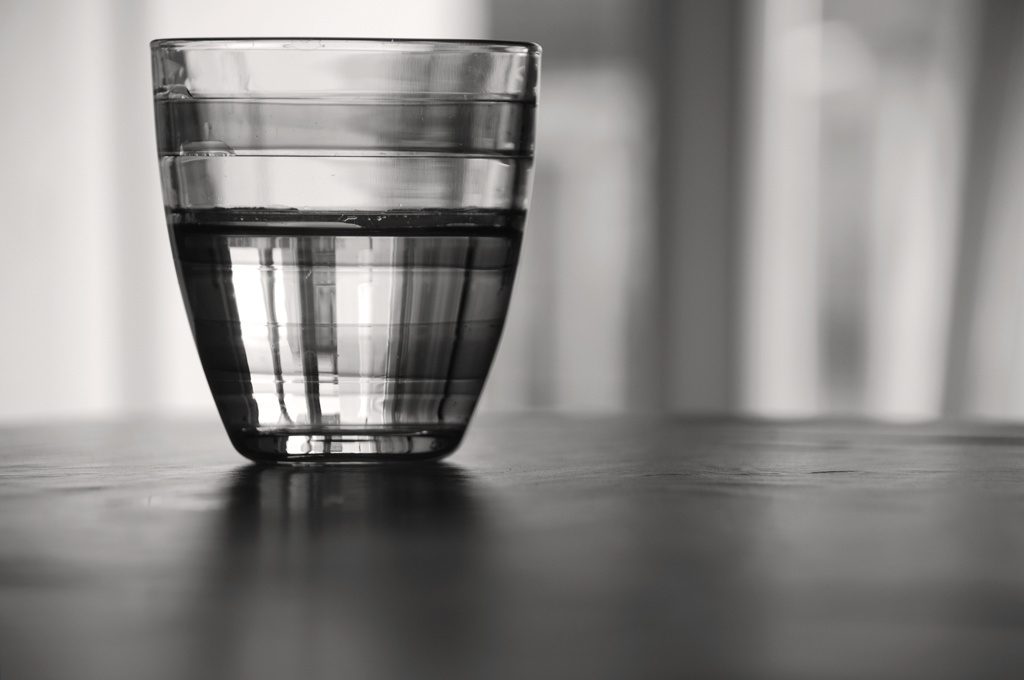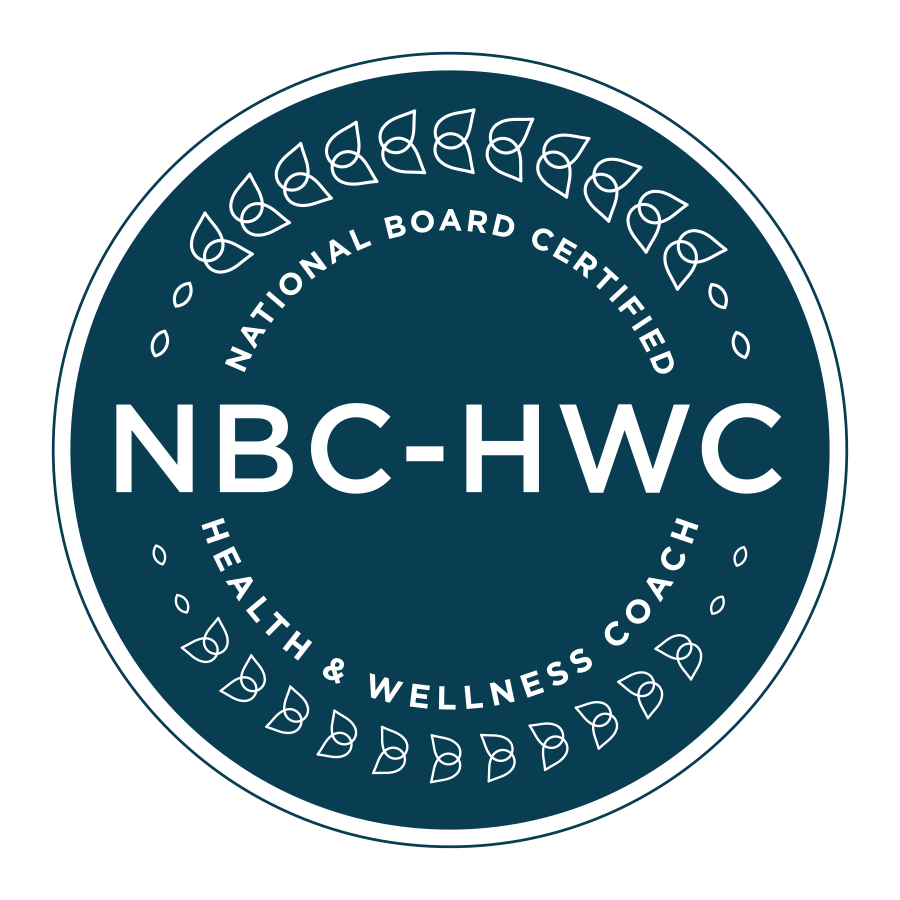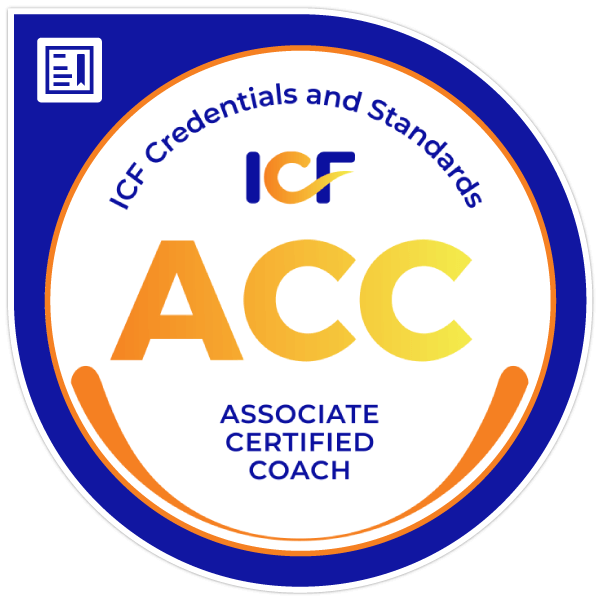Want to know when to filter your tap water? And how? We all know that drinking plenty of water is vital for health. Learn how to stay hydrated while avoiding common drinking water pollutants.
Here’s how to:
- Identify the contaminants in your home tap water
- Find a filter that works
- Skip bottled water
- Choose safer reusable water bottles
1. Identify the contaminants in your home tap water
Environmental Working Group (EWG) has compiled millions of state water testing records to create a National Drinking Water Database. Their database makes it easy for you to identify and understand the contaminants in your water and find the right filter.
Most water utilities meet the U.S. Environmental Protection Agency’s tap water regulations.
So what are the problems with tap water?
There are many unregulated contaminants — like chromium-6 — in American drinking water. EWG has identified 316 chemicals in U.S. tap water — 202 of which are not regulated. EPA’s failure to protect drinking water sources from pollution and to develop enforceable standards for scores of common tap water contaminants leaves the public at risk.
For an in-depth look at this issue, see the prize-winning 2009 New York Times series Toxic Waters.
Ready to research your water?
EWG database covers 48,000 communities in 45 states and the District of Columbia. Just supply your zip code in the search box and select your local water utility.
If you cannot find your system, ask your local water utility for a copy of its annual water quality report, which contains information on water testing. It may be available online.
Do you have a private well? Get it tested regularly. The New Jersey Department of Health has an excellent guide to private well testing.
2. Find a filter that works
Once you know what contaminants you have in your tap water, find a filter.
Identify which style best matches your household needs and budget. There are six kinds of filters: pitcher/large-dispenser, faucet mounted, faucet integrated, on-counter, under-sink, and whole house. On the EWG site, the pros and cons of each filter are identified in a user-friendly chart.
Understand the technology. Although there are hundreds of brands of home water filters, all rely on a small number of technologies. Some common ones: carbon/activated carbon, deionization, ion exchange, mechanical filters, ozone, reverse osmosis, ultraviolet and water softeners. An explanation of each technology is given in a tap water report. Two of the most common technologies are:
- Carbon filters (pitcher, tap-mounted or large dispenser) are affordable and can reduce many common water contaminants, like lead and byproducts of treatment processes.
- Reverse osmosis filters remove contaminants that carbon filters can’t eliminate, like arsenic and perchlorate (rocket fuel) but can be costly.
Pick one that filters the contaminants prevalent in your tap water:
Want a decent filter at a decent price? Get a carbon filter. (Pitchers, faucet mounts, and large dispensers are popular types. Effectiveness varies widely.)
Want to remove as many contaminants as possible? Use reverse osmosis (RO) combined with a superior carbon filter. (Our guide helps you determine which brands offer minimally effective carbon filters and which are superior.)
Interested in removing a specific contaminant? Search EWG’s online guide to filters.
Want extra protection? Some whole-house carbon filters remove contaminants from steamy vapors you and your family inhale while showering and washing dishes. Contact your local distributor to find a model that meets your needs.
Change your water filters on time. Old filters aren’t safe. They harbor bacteria and let contaminants through.
SPECIAL NOTE FOR INFANTS! Fluoridated water can damage an infant’s developing teeth. Always use filtered tap water for your baby’s formula. If your water is fluoridated, use a reverse osmosis filter. If it’s not fluoridated, a carbon filter will work. If you choose bottled water for your infant, make sure it’s fluoride-free. Ready-to-eat canned formulas don’t require added water, but they’re often contaminated with bisphenol A (BPA) that leaches from the can lining. We recommend powdered formula mixed with filtered water. Learn more at www.ewg.org/babysafe.
3. Skip bottled water
Despite marketing hype, bottled water is not necessarily any safer than tap water, and it can cost up to 1,900 times more! In fact, industry reports show that up to 44 percent of bottled water is just tap water — filtered in some cases, but not necessarily in all cases. And because bottled water manufacturers aren’t required to publish their water quality tests, you may not know exactly what you’re getting.
Bottled water may be contaminated with plastic additives that migrate from the bottles.
Read the Bottled Water Label Scorecard for more information on EWG’s site.
There are few times when bottled water makes sense:
- If your tap water contains fluoride and you can’t filter it out to mix infant formula. Be sure the bottled water is fluoride-free.
- If your employer provides on-site bottled water because workplace water isn’t available or safe. Be aware that many of the large plastic bottles used to provide such water are #7 polycarbonate plastic, which can leach BPA.
- You’re traveling in a country where drinking tap water might cause illness.
- The only other choice is sugar-laden soda.
4. Choose safer reusable water bottles — for that filtered tap water
Carry stainless steel or other BPA-free bottles. Skip aluminum and hard plastic bottles. Aluminum bottles have an inner plastic lining that can contain BPA (read all about it on Enviroblog). Don’t reuse single-use bottled water bottles. The plastic can harbor bacteria and break down to release plastics chemicals.
Article provided by http://ewg.org



